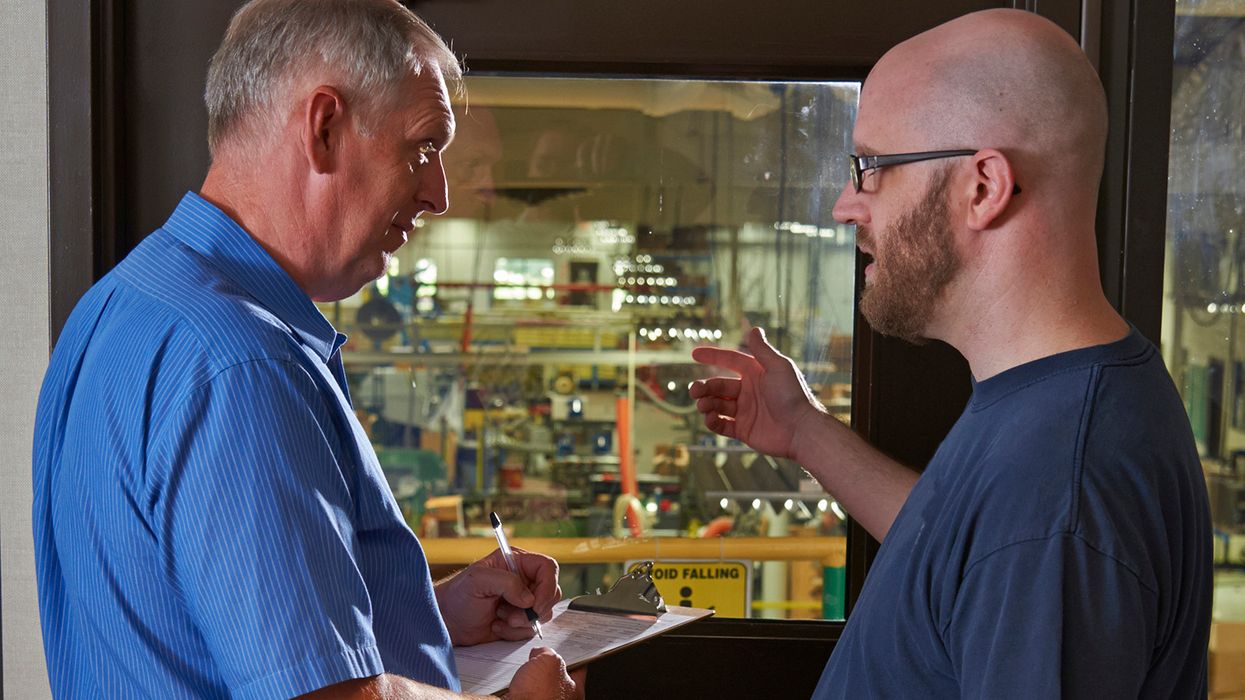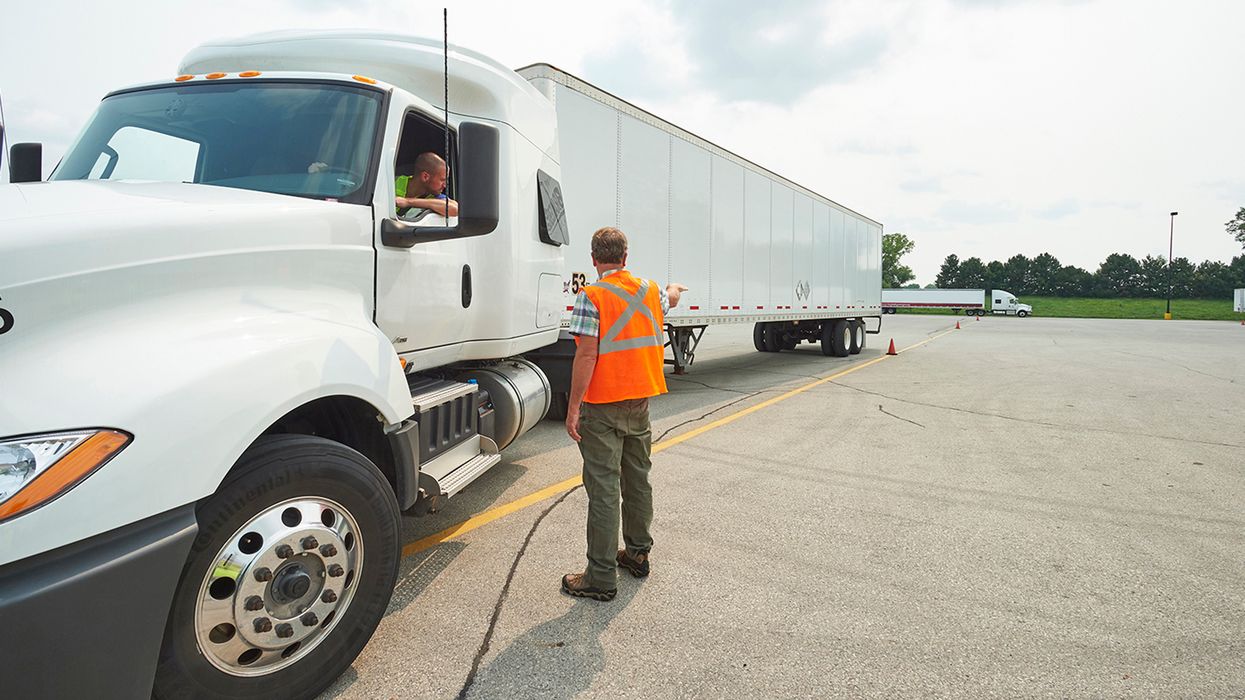From aisles to asphalt: Attention is prevention
When people hear the term “distracted driving,” most immediately think of texting behind the wheel, but in the workplace, distracted driving can take on different forms. Forklifts, golf carts, utility vehicles, and even a motorized pallet jack can be vehicles on the job. All risk injury and property damage when the operator loses focus.
What types of distracted driving occur at work?
Distracted driving can be any activity that diverts attention from safely operating a vehicle or mobile equipment. Distractions can be:
- Visual – Anything that causes a driver to look away from their path of travel.
- Manual – Taking hands off the controls. A manual distraction can be something as simple as reaching for the radio dial to increase the volume.
- Cognitive – Letting your mind wander away from the task at hand.
Common distractions on the job
Cell phones are the main contributors to distracted driving, but we can become distracted while operating equipment. These actions are preventable, but employees may not even notice that they are doing them at the time.
- Touchscreens – With advances in technology, screens are getting bigger and taking up more of our peripheral vision. This can lead to cognitive overload, taking eyes off the path of travel, and can cause confusion and difficulty for drivers. Additionally, touchscreens lack any kind of tactile feedback because they lack actual buttons or knobs. Therefore, the driver must confirm their choices, which causes visual distractions. The European Car Assessment Program has acknowledged these risks by requiring vehicles to have physical knobs by January 2026 to receive a full five-star safety rating.
- Talking with coworkers or passengers – Conversations, whether it's important work-related talks with your boss or a heated exchange with a coworker, can significantly reduce a driver’s mental focus and awareness of their surroundings. I have seen this in the field countless times and been part of investigations into where this was the root cause of the accident.
- Fatigue – Fatigue is a distraction that goes unnoticed mainly because it is difficult to recognize it in another person. Still, it significantly increases the chances of missing hazards or making poor decisions.
- Radios – For reasons unknown, we treat radios and phones differently in the workplace despite their often-presenting similar distractions and hazards. Employers have replaced cell phones with radios to enable communication with their employees, but we hold them to different standards. Employers should implement a radio policy that closely mirrors their phone policy.
- Handling paperwork or devices while moving – Reading delivery notes, schedules, or using scanners while moving on a lift or company vehicle is extremely dangerous and completely avoidable.
- Music or headphones – Some employers allow music on shop floors or assembly lines because it improves employee morale, but loud music can block out warning sounds like horns, alarms, or someone calling out for help.
Preventing distractions
Distractions can be challenging to address because there is no one-size-fits-all approach. Administrative controls or work policies are ways to combat distracted driving. For example:
- Radios – implementing a company-wide policy requiring operators to come to a complete stop in a designated safe area, put the vehicle in the parking position, and shut off before using the radio.
- Touchscreens – like the radio policy, a work rule requiring operators come to a complete stop in safe area could prevent distractions.
- Pre-planning your route and how you will get there before you move can reduce reliance on devices and screens.
The key to meaningful change is to enforce these policies to ensure all employers are reducing their risk of liability. The goal is to make sure everyone goes home safe. So, keep hands on the controls, eyes on your path, and mind in the moment.
Keys to remember: Whether it is checking a device or chatting while driving a forklift, distractions in motion put everyone at risk.



















































